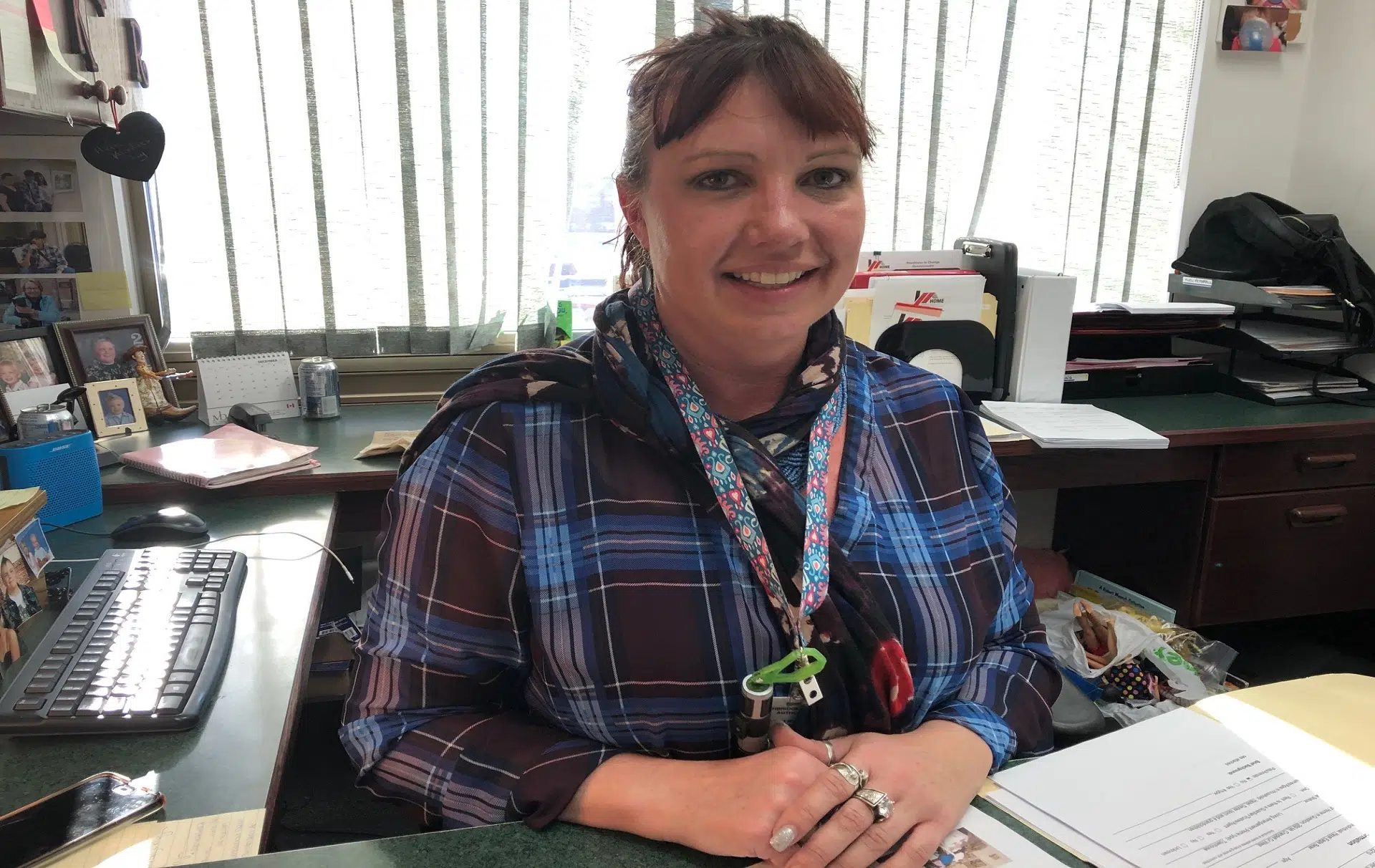
Hoarding more common than many may think says local outreach management case worker
LETHBRIDGE – As Candice Fisher looks over her emails, she points out the number of active cases she and a team of 12 people deal with daily. Currently, as Case Manager, she has 21 open files and believes there are as many as 1,000 homes in the city that likely have a hoarding issue.
“For us, it got started 10 to 12 years ago, and the gentleman who was running our Housing First (program) at the time, started to see there were theses types of issues happening in Lethbridge, and they were, at that time, ultimately putting people’s housing at risk.”
A team was put together made up of representatives from various agencies, to work together to find out who those people were, and to try and not only help them, but also to teach them how to maintain safe and secure housing. Now, not only does the Lethbridge Hoarding Outreach Management and Education Committee have its own resources, but they also work with environmental health inspectors, Lethbridge Police Services, Lethbridge Fire and EMS, seniors support services and mental health outreach teams.
“When we start to define something as a hoard, the biggest factor in that becomes the spaces in the home that were designed for specific purposes, can no longer be used for that purpose,” explained Fisher. “So, if you can’t sleep in your bed anymore, or you can’t cook on your stove’ when those activities of daily living start to become impacted, then we define that. There’s piece number 1. Piece 2 is when it starts to cause stress or anxiety to the individual or those around them.”


